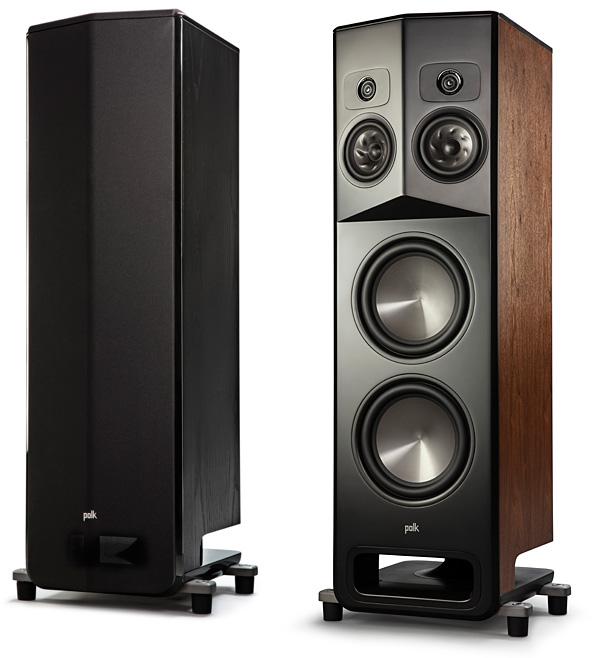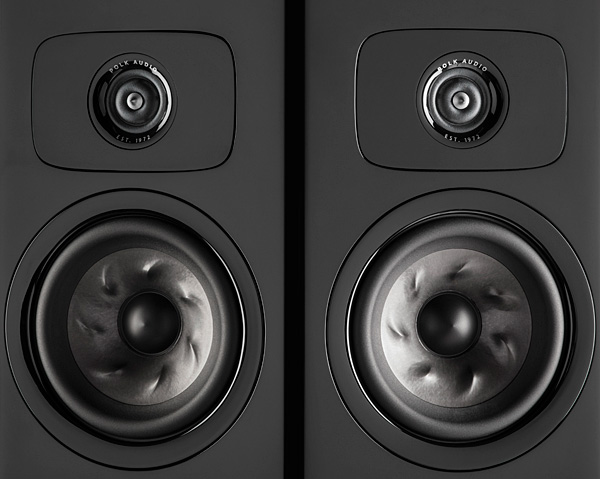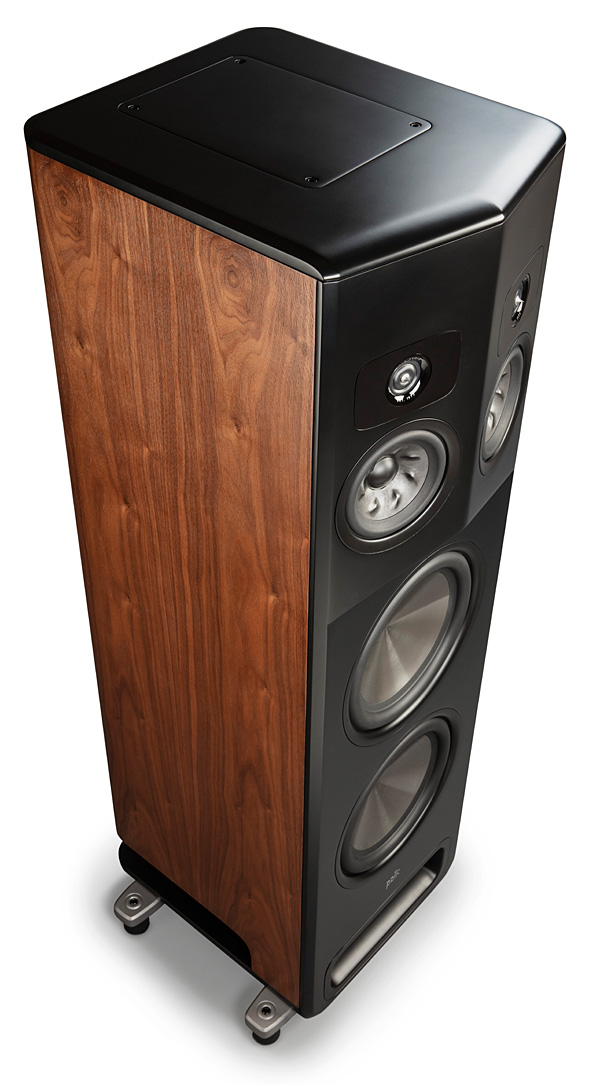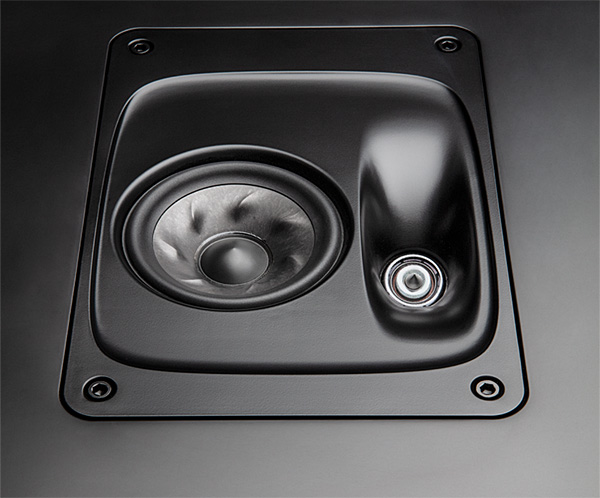From the Article: "Scott painstakingly tweaked positioning, with the final result finding the towers approximately 6 feet from each other, five feet in from either side wall, and about 1 foot out from the back wall. The listening seat on my sofa, meanwhile, was located about 8 feet away from the speakers"
My own listening environment dictates the speakers must be about 11 feet apart and 13 feet in front of the primary listening position. I wonder if these speakers so position sensitive that I would loose much in terms of SDA-Pro benefits and sound stage.






























































